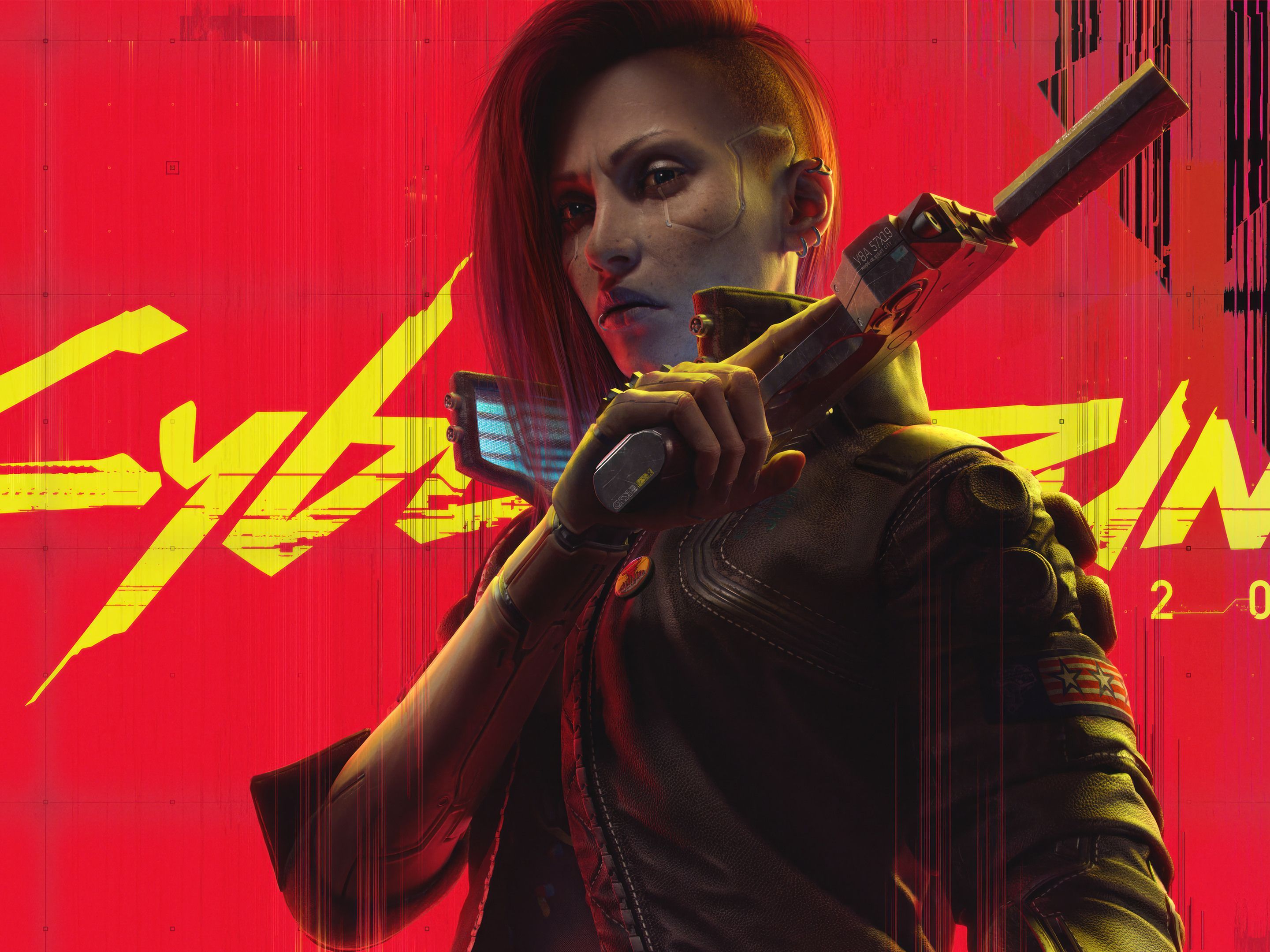Friday the 13th: The Game Score – Horror Hunting
The eerie chime of a distant clock, the rustling of leaves underfoot, and the faint, panicked breathing of a counselor trying to hide—these are the sounds that define Friday the 13th: The Game. Released in 2017 by IllFonic and Gun Media, this asymmetrical multiplayer horror game brought the terror of Jason Voorhees to life in a way no other medium had before. But beyond its gameplay mechanics and jump scares, one of the most underrated aspects of the experience is its hauntingly effective musical score. The soundtrack, composed by Harry Manfredini—the same maestro behind the original Friday the 13th films—plays a pivotal role in crafting the game’s relentless atmosphere of dread.

The Legacy of Terror: Manfredini’s Return
Harry Manfredini’s iconic ki-ki-ki-ma-ma-ma motif from the films is instantly recognizable to horror fans. When he returned to score Friday the 13th: The Game, expectations were high. Would he simply recycle his old themes, or would he reinvent the sound for a new medium? The answer was a masterful blend of both.
Manfredini’s score for the game is a love letter to his original work while adapting to the interactive nature of gaming. Unlike a film, where music follows a linear narrative, a game’s soundtrack must dynamically respond to player actions. The result is a soundscape that ebbs and flows with the tension of each match, ratcheting up the horror as Jason closes in on his prey.
The Sound of Pursuit: Dynamic Scoring
One of the most impressive feats of the game’s music is its dynamic nature. The score shifts seamlessly between three key states:
-
The Calm Before the Storm – When players first spawn as counselors, the music is minimal—soft ambient tones, distant wind, and the occasional unsettling note. This creates a false sense of security, making the eventual arrival of Jason all the more jarring.
-
The Hunt Begins – Once Jason is on the move, the score becomes more aggressive. Pulsing strings and dissonant chords mirror the escalating panic of the counselors. Manfredini’s signature staccato strings make frequent appearances, signaling that Jason is near, even if he’s not yet visible.
-
The Final Moments – When a counselor is isolated and Jason is moments away from delivering the killing blow, the music reaches a fever pitch. Shrieking violins and pounding percussion create an almost unbearable tension, ensuring that every death feels like a cinematic horror moment.
This dynamic approach ensures that players are never fully comfortable, keeping them on edge throughout the match.
Jason’s Theme: A Musical Shadow
Just as John Williams’ Jaws theme signaled the shark’s presence, Manfredini’s work for Jason acts as an auditory shadow. The moment Jason shifts into pursuit mode, the music shifts with him. The ki-ki-ki-ma-ma-ma motif is used sparingly but effectively, often playing when Jason is stalking a counselor or when a player is about to meet a gruesome fate.
Interestingly, the game also uses silence as a weapon. There are moments when the music cuts out entirely, leaving only the sound of footsteps or distant screams. This absence of score can be just as terrifying as the loudest stingers, playing on the fear of the unknown.
The Kill Sequences: Music Meets Mayhem
One of the most celebrated (and horrifying) aspects of Friday the 13th: The Game is its elaborate kill animations. Each execution is accompanied by a unique musical sting, heightening the brutality. Whether it’s a machete decapitation or a head crushed against a tree, Manfredini’s score ensures that every kill feels visceral and cinematic.
The music here serves two purposes: it punctuates the violence, making it more impactful, and it rewards Jason players with a sense of dreadful satisfaction. For counselors, hearing these stings in the distance is a grim reminder of what awaits them if they’re caught.
The Unseen Horror: Environmental Sound Design
Beyond the traditional score, the game’s sound design plays a crucial role in immersion. The creaking of floorboards in an abandoned cabin, the distant wail of a struggling counselor, and the sudden burst of a radio static all contribute to the unease. These sounds are carefully woven into the musical fabric, blurring the line between score and diegetic noise.
For example, when a counselor triggers a trap or fails a skill check, the resulting noise is often accompanied by a sharp musical cue, reinforcing the mistake’s consequences. This integration ensures that players are never fully detached from the horror, even in quieter moments.
A Score That Lingers
Years after its release, Friday the 13th: The Game remains a cult favorite, and much of its staying power comes from its audio design. Manfredini’s score doesn’t just accompany the action—it enhances it, manipulates it, and sometimes even deceives the player. In a genre where tension is everything, the music is the invisible hand guiding every scream, every chase, and every heart-pounding escape.
For horror fans and gamers alike, Friday the 13th: The Game stands as a testament to how powerful a well-crafted score can be. It’s not just background noise—it’s the voice of Jason himself, whispering in your ear, reminding you that no matter where you run, the music will always find you.














